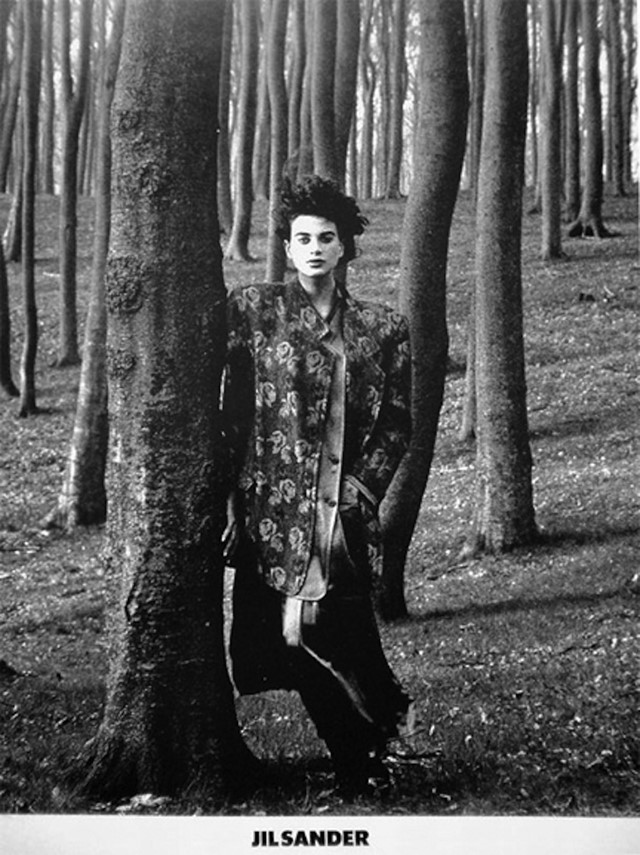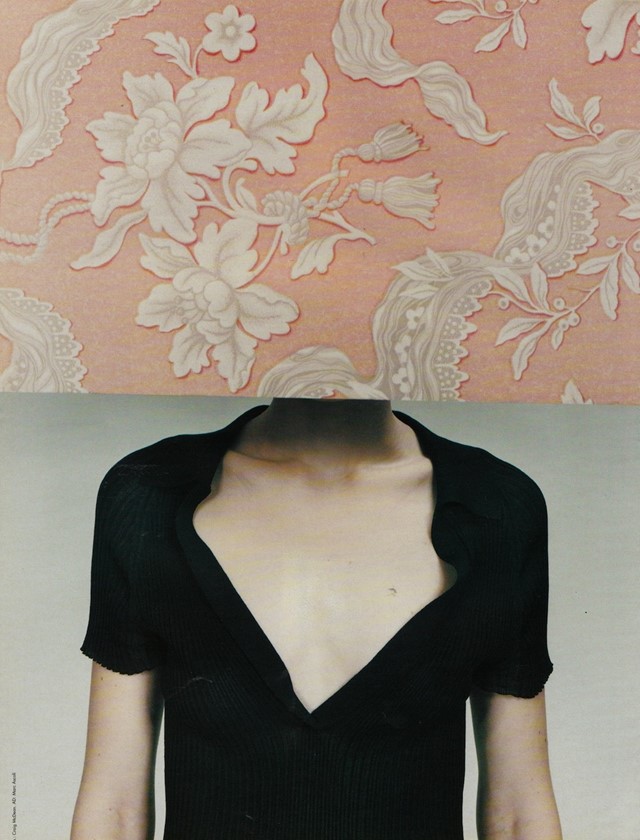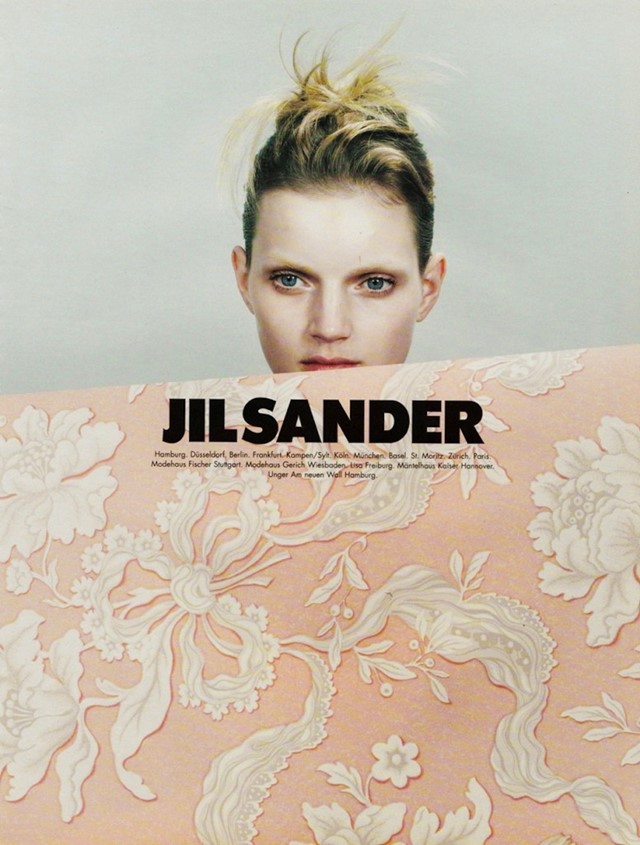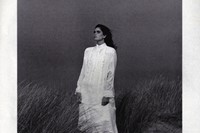AnOther celebrates the reign of Jil Sander and her contribution to fashion over four decades
In 1973, Jil Sander debuted her eponymous collection – a series of monochrome, streamline jackets and trousers. The collection would set the standard for minimalism, which she would stand by for decades to come. Sander took the movement under her wing, challenging, and making it modern through a number of guises. "There are two types of working, either one simply dreams away, reaching for ideas as if one is pulling them out of a lucky bag, or one works with reality," the designer told AnOther Magazine in 2005. "A chair is a chair, a pair of trousers is a pair of trousers. To acknowledge the facts as they are, to really see them in a new light and to give form to them, for me that is part of the creative process. The classical wardrobe is cunning. We can exploit this for virtually 'revolutionary strategies'."
Today came the announcement that Sander, who will turn 70 next month, has stepped down from her position at the house, due to personal reasons, after returning for a second time last year. In celebration of her reign, AnOther traces her history and considers her contribution to the fashion world over the past four decades.
Born in Germany in 1943, Heidemarie Jiline 'Jil' Sander trained in textile design and graduated as a textile engineer; fabric development would always be at the heart of her collections. Having worked as a fashion editor and running her own boutique in a Hamburg suburb since 1967, Sander launched her own line in 1969. The beginning of the label wasn't easy – her minimalistic aesthetic jarred with the outlandish mood and looks of the 1970s and 80s. In 1989, Sander became the only female chairman of a publicly owned business in Germany.

The 90s was when things started to click into place. Sander's basics (the perfect cashmere V-neck, the ultimate white shirt, the go-to pantsuit) tapped into the mood of the moment. Sander was making clothes that women wanted and could wear; a similiar reaction was seen at Céline a decade later when Phoebe Philo took over. Clever modern pieces for intelligent modern women. The 90s was also a time for some of Jil Sander's most iconic campaigns, created by a team whom Sander respected and would collaborate with throughout her career: Craig McDean, Peter Lindbergh, Joe Mckenna. A seminal campaign was for spring/summer 1996, featuring American model Guinevere van Seenus in barely-there make-up, slicked back hair and wearing a series of crisp monochrome pieces. The pink wallpaper strip works on a number of levels: humour; realism and unexpected elegance.
"There are only very few fashion designers who have adhered to their aesthetic with a passion equal to Jil Sander’s" — Susannah Frankel
After Sander decided to leave the house in 2000, new owner and Prada Group CEO Patrizio Bertelli said a “brand that’s as strong as Jil Sander doesn’t need to rely on the name of a designer. It’s not the name that counts, but the quality of the product.” An interesting point for consideration, keeping in mind the current movements and gaps within the industry. Dior proved, commercially and critically, that it was fine to wait until they had found the right successor for Galliano. And, the rumours are that Louis Vuitton is in no rush to replace Marc Jacobs, preferring a more considered approach to find a replacement. Did Bertelli's statement precipitate the more recent behaviour of CEOs?
In 2006, the Jil Sander label was sold by Prada, and Raf Simons led the house respectfully for nearly seven years, often making clever references to Sander's archives.
“It feels like coming home after a brief journey,” Sander said on her return in February 2012. "The Jil Sander brand is ingrained in my very being, naturally, my vision of sophisticated, truly modern design stayed with me, as vivid as on the first day." After three collections, Sander has decided to leave. The S/S14 collection will be her swan song, promoting all of the key Sander codes: a neutral colour palette; clever fabric experimentation; a celebration of the crop top; and polo necks.

"There are only very few fashion designers who have adhered to their aesthetic with a passion equal to Jil Sander’s," AnOther's fashion features director Susannah Frankel told AnOther, as the news of her resignation broke this morning. "Her point of view has always been absolutely clear and uncompromising. Although her work has often been described as minimal, she herself prefers to call it ‘pure’. I’m assuming she is referring both to design and intent and that does seem less limiting and more accurate."
"I recently re-read an interview with her that I wrote for The Guardian in 1996 and what struck me most about it was that everything she said then could equally apply today, almost twenty years later. She has upheld her position to the extent where it might not unreasonably be described as a vision and that too is rare. My favourite quote was this one: ‘Of course, I always have a sort of woman in mind when I design clothes. I like women cool, never over-decorated. That’s old fashioned. I like to see a woman’s intellect, her strength of personality. It doesn’t matter what age she is, but if she likes short skirts and high heels then perhaps she’s not for me. And I have to say you can’t please everybody.’ There’s a wit to her words, of course. More seriously, though, having the confidence to accept that there may not be something for everyone in a collection – let alone an entire career – in a world flooded with product that increasingly strives to prove quite the opposite is both courageous and inspiring."
Text by Laura Bradley & Agata Belcen



